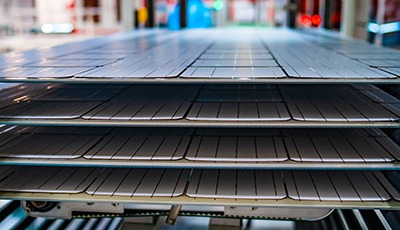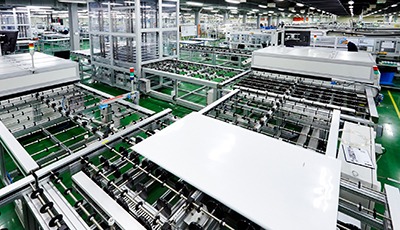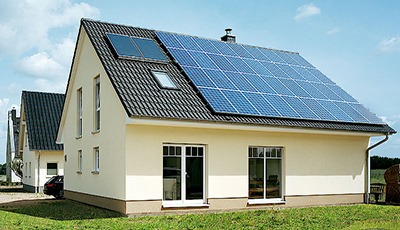- Making solar energy accessible
PEPPERONI’s ambition covers performance, manufacturing and socioeconomic aspects
Europe is facing the challenge of making its energy system clean, secure and efficient while ensuring industrial leadership in low-carbon energy technologies. In June 2022, the EU announced REPowerEU, a plan to increase the share of renewable energy from 32% in 2022 to 45% in 2030 to strengthen energy security and respond to climate change. By 2030, renewable energy in Europe will increase to a total of 1,236 gigawatts, including 600 gigawatts of solar energy.
During the four-year project period, which will span from November 2022 to 2026, PEPPERONI aims to identify and address barriers to speed up technology’s mass manufacturing of high-performance PV modules.

Develop highly efficient and stable solar cells and PV modules

Develop controllable, high yield, large-scale compatible production process

Reach a cost-competitive technology with a low environmental impact
With PEPPERONI we especially aim to
- lay the foundations for gigawatt-scale PV module manufacturing in Europe
- scale up the active area of perovskite/Si tandems from the 1cm2 to industry-relevant dimensions
- develop thin-film deposition processes and equipment
- extend the operational stability of perovskites thanks to in-depth analyses of performance losses
- identify and address the barriers to tandem solar technology’s market introduction
- minimise scaling losses thanks to innovations in used materials and equipment
- establish a robust and competitive European innovation base and PV supply chain
- support Europe in reaching its renewable energy target
- remove any human health or environmental hotspots
- Interdisciplinary approach
To reach its objectives and to generate a wide acceptance of tandem solar cell and module manufacturing in Europe, PEPPERONI combines four clusters.
Industrial manufacturing
Includes mechanical engineering, electric & electronics engineering, machine learning (industry 4.0), robotics & Informatic communications technology
Materials
Cover materials sciences, chemistry, polymer chemistry and chemical engineering
Social sciences
Combine economics, market analysis, business modelling, raw materials and supply chains, project management, communication
Environmental sciences
Include environmental risk assessment, environmental chemistry and life cycle analysis


